Editor’s Note: Capitalizing the “B” in Brown
November 11, 2020
In 2020, AP Stylebook recognized the capital B in Black when referring to race, ethnicity or culture; it continues instructing writers not to use the term “Brown” when referring to race, ethnicity or culture. The Appalachian follows AP Style, as well as our internal style guide. Despite AP Stylebook’s instructions, The Appalachian will use the term “Brown” when applicable and capitalize the B in Brown when referring to race, ethnicity or culture.
AP Stylebook justified its decision to capitalize the B in a June 19 blog post, explaining that Black “convey(s) an essential and shared sense of history, identity and community among people who identify as Black.” In reference to the term Brown, AP Style says to “avoid this broad and imprecise term in racial, ethnic or cultural references unless as part of a direct quotation,” because interpretations of the term are variable and unique.
Differently than AP, The Appalachian recognizes Brown as referring to race, ethnicity and culture. While it is a less-precise term, in Boone, Brown conveys socially-defined meanings that people here identify with. Because we are a small community newspaper rather than a worldwide news leader, we can better fit our coverage to our community’s needs and the people in it. For some people, Brown does a better job of addressing the multiplicities of their identities. Additionally, many people who identify with dual-or more-heritage also identify with the term Brown. To avoid suppressing the identities of those who identify with or as Brown through our choice of adjectives, The Appalachian recognizes Brown as an identity and will capitalize Brown in reference to race, ethnicity or culture in articles moving forward.
However, The Appalachian will continue not capitalizing the w in white. AP Stylebook posted another blog post July 20 explaining that “capitalizing the term white, as is done by white supremacists, risks subtly conveying legitimacy to such beliefs,” and The Appalachian agrees. Furthermore, white is much less precise, compared with terms like Brown or Black, when referring to ethnic or cultural identities, and around the world there is far less consensus on who the term includes (or excludes).
In its race-related coverage section, the AP Stylebook says “in all coverage — not just race-related coverage — strive to accurately represent the world, or a particular community, and its diversity through the people you quote and depict in all formats. Omissions and lack of inclusion can render people invisible.” Capitalizing the B in Brown more accurately represents the world The Appalachian is situated in, and seeks to avoid rendering invisible the identities of people who identify as Brown.
The AP Stylebook also says “reporting and writing about issues involving race calls for thoughtful consideration, precise language, and discussions with others of diverse backgrounds whenever possible about how to frame coverage or what language is most appropriate, accurate and fair.” In this spirit, The Appalachian reporters, editors and other members of our staff continue to learn from others about using language equitably, and welcome discussion and suggestion. Language that is “most appropriate, accurate and fair” changes every day, and we are committed to learning.

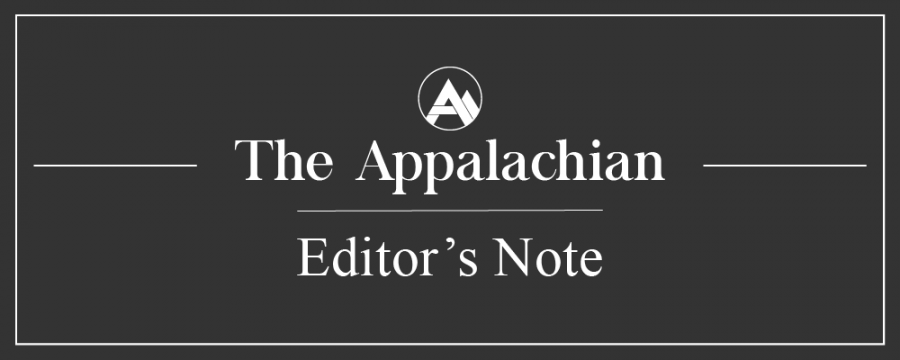
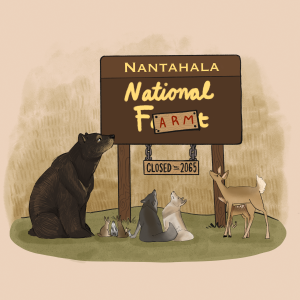

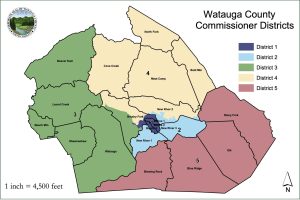


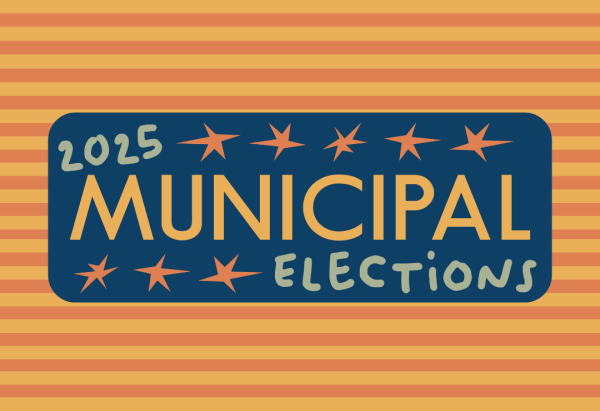


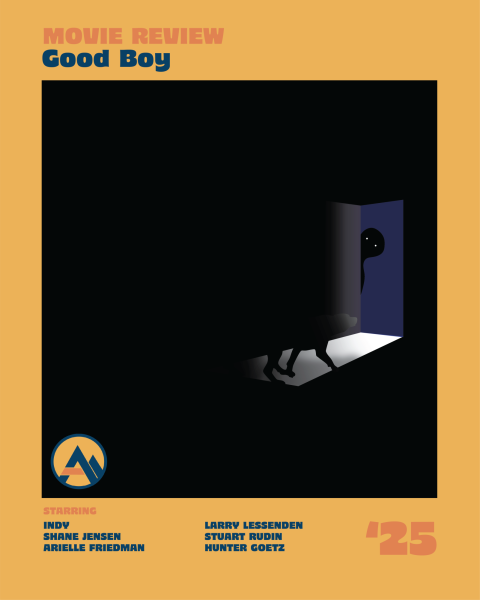


Mike McGinn • May 18, 2021 at 5:41 pm
As the grandfather of a Brown grandchild, I could not agree with your position more strongly. I wish more newspapers had the courage to take a similar position. Your very thoughtful rationale makes it very easy to do so. Well done.